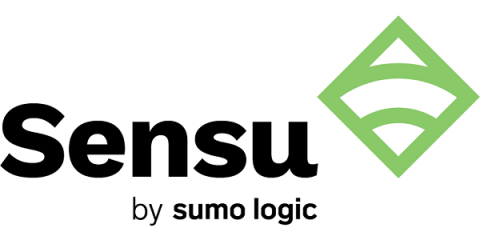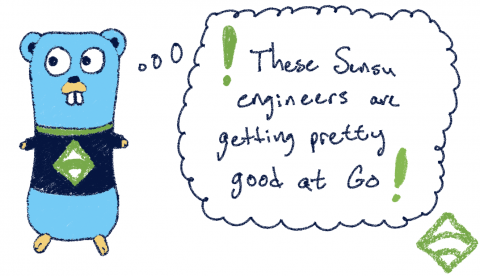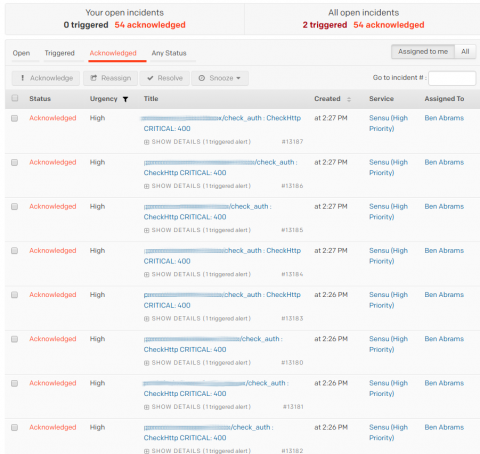On the merits of pubsub & workflows (or, why Sensu over Nagios)
Not too long ago in the Sensu Community Slack, the question: “Why Sensu instead of Nagios?” arose. Specifically, “How do I convince my boss to choose Sensu over Nagios?” I responded to the thread, but decided it was worthwhile to share my response with the wider community. At Willis Towers Watson, we moved from Nagios to Sensu 1.2 almost a year ago (and now we’re upgrading to Sensu Go).







